- myFICO® Forums
- FICO Scoring and Other Credit Topics
- Understanding FICO® Scoring
- Credit Utilization Reporting
- Subscribe to RSS Feed
- Mark Topic as New
- Mark Topic as Read
- Float this Topic for Current User
- Bookmark
- Subscribe
- Mute
- Printer Friendly Page
Credit Utilization Reporting
Is your credit card giving you the perks you want?
Browse credit cards from a variety of issuers to see if there's a better card for you.
- Mark as New
- Bookmark
- Subscribe
- Mute
- Subscribe to RSS Feed
- Permalink
- Report Inappropriate Content
Credit Utilization Reporting
After reading the forums, I haven't found a definite answer for my question so I thought I would just ask. I am pretty new to the world of credit & these forums, so sorry if I missed this somewhere!
I use my credit card for almost all purchases to gain points and plan on paying in full each month. However, I am interested in keeping my credit utilization low so I figured that paying off my balance on my credit card before my statement posts would show 0% utilization instead of waiting until I receive my statement. However, I have also read that it would be best to pay off most of the balance before the statement posts and leave a small amount, which would help build credit. Are any of these things true? Or am I going about this all wrong?
If so, I have further questions. If my card was newly opened and has not yet been added to my credit report, will this tactic be beneficial to do right now, even though it does not come up on my credit report? Or should I just wait a few months until the card has been reported to start paying off a majority of my balance early?
I hope this makes sense, thank you in advance!
- Mark as New
- Bookmark
- Subscribe
- Mute
- Subscribe to RSS Feed
- Permalink
- Report Inappropriate Content
Re: Credit Utilization Reporting
For your first question, yes it is better to have one card account reporting a small balance but it needs to be greater than zero, and it will give you some extra points with your score.
Next, if you have another card account, you can pay the balance before statement cuts to have it report the statement balance, but you may need to figure out when each creditor reports new accounts - some may report immediately when the account is open, some may report when your first statement cuts, while some others may not report until your second statement cuts. But nonetheless, if you pay down the balance before the statement cuts, it's going to report the balance you have at the statement. Also, FICO also considers the number of accounts you have balances on, 1 is the best, so with two accounts you can have one account reporting a small balance while the other reporting a zero.
- Mark as New
- Bookmark
- Subscribe
- Mute
- Subscribe to RSS Feed
- Permalink
- Report Inappropriate Content
Re: Credit Utilization Reporting
If you only have 1 credit card, you're missing out on some FICO points that one gets with 3 credit cards total. You can get 3 credit cards without a FICO penalty.
Then, once you have 3, you can practice the AZEO method (see my 11 rules signature link) which is 2 cards with a $0 balance reported, one card with $3 up to 8% reported.
Once the credit card reports the balance, wait a few days and then pay it to $0 so you avoid interest charges.
You can use any of the 3 cards as much as you want, just make sure to get them to report $0 on two, and $5 up to 8% on one.
Note that Chase credit cards and US Bank credit cards are more difficult to do this AZEO method, so if you have any from either bank, let us know.
- Mark as New
- Bookmark
- Subscribe
- Mute
- Subscribe to RSS Feed
- Permalink
- Report Inappropriate Content
Re: Credit Utilization Reporting
I have a one capital one, one amex and a few retail cards. I use the retail cards frequently and am trying to pay off my capital one without using it any further. My amex is new and has a high limit; I am using that for almost all of my expenses but I want the balance reported to be as low as possible so that my overall credit utilization is low.
- Mark as New
- Bookmark
- Subscribe
- Mute
- Subscribe to RSS Feed
- Permalink
- Report Inappropriate Content
Re: Credit Utilization Reporting
If you're only reporting a balance on 1 card, it's fine to report less than 28% utilization on that one card, assuming that your overall utilization will calculate as under 8%.
- Mark as New
- Bookmark
- Subscribe
- Mute
- Subscribe to RSS Feed
- Permalink
- Report Inappropriate Content
Re: Credit Utilization Reporting
Capital One ( i have it too) has changed how they do things, in order to avoid interest, the balance has to be paid on or before the due date. You can pay the balance to zero before the statement cuts, but you will still have interest. I had to read the terms to find the change in how they are doing it now.
12/4/12 TU 589 MyFico ~EQ 579 MyFico ~EX 577(Fako)
Myfico 8 scores
6/12/20 TU 803 ~ EQ 814~ Ex 784
My Wallet: Cap1 3,500K ~FH 2950~Credit One 1750~Credit one #2 1250~Orchard Bank 400 ~NFCU nRewards 18,000~NFCU Cash Rewards 18,500 ~Care Credit 12000~Discover 6000~Lowes 5450~ Amex 5400.00 ~ Harvest King 8000 ~ Langley~Penfed~Service CRU~red stone cru~
UTL 17%
- Mark as New
- Bookmark
- Subscribe
- Mute
- Subscribe to RSS Feed
- Permalink
- Report Inappropriate Content
Re: Credit Utilization Reporting
@ktl72455 wrote:Capital One ( i have it too) has changed how they do things, in order to avoid interest, the balance has to be paid on or before the due date. You can pay the balance to zero before the statement cuts, but you will still have interest. I had to read the terms to find the change in how they are doing it now.
Interest only happens if the statement cuts with a non-zero balance and you wait until after the following due date to pay that balance. To do AZEO, you're paying off most charges before statements have a chance to report a non-zero balance. And usually, because the non-zero balance on the one card is so small, it's easy to pay it off right after it cuts on the statement.
When looking at your account, your card's due date is often more apparent than the statement cut date. You can use it as a signal that the statement is cutting soon and that you should make a payment.
The general assumption is that one's score is optimized with less than 8.9% aggregate utilization and no more than 28.9% utilization on a single card. However, we've seen reports of people being dinged with numbers lower than that. And we've seen reports of people being dinged if they use a store card as their AZEO card (the one that reports a positive balance). I've fallen into both of those categories.
To do "true" AZEO, I'd recommend cutting a very small positive balance on one major card (not a store card), maybe between $5 and 4% of its limit. After you do that, you can play around a bit with larger balances to see what you can get away with without a ding or to see how much ding you find to be acceptable.
- Mark as New
- Bookmark
- Subscribe
- Mute
- Subscribe to RSS Feed
- Permalink
- Report Inappropriate Content
Re: Credit Utilization Reporting
@HeavenOhio wrote:To do "true" AZEO, I'd recommend cutting a very small positive balance on one major card (not a store card), maybe between $5 and 4% of its limit. After you do that, you can play around a bit with larger balances to see what you can get away with without a ding or to see how much ding you find to be acceptable.
I agree with this.
AZEO is very difficult to do if you don't actually have the money to PIF everything all the time. I don't think AZEO is worth doing if you're actually using credit to get to next payday versus using credit to maximize rewards/cashback.
I don't charge anything on a card unless I already have the money in the bank, so I use credit cards more like a debit card than a way to extend me money until my next paycheck.
If you do practice AZEO, it's just so much easier to keep a tiny balance on one card and pay everything else to $0 so it reports that.
If you need credit cards to extend your paycheck, don't sweat AZEO as much, just try to keep balances under 28% on any one card, and if you can get aggregate utilization under 8%, do that too.
- Mark as New
- Bookmark
- Subscribe
- Mute
- Subscribe to RSS Feed
- Permalink
- Report Inappropriate Content
Re: Credit Utilization Reporting
@Anonymous wrote:After reading the forums, I haven't found a definite answer for my question so I thought I would just ask. I am pretty new to the world of credit & these forums, so sorry if I missed this somewhere!
I use my credit card for almost all purchases to gain points and plan on paying in full each month. However, I am interested in keeping my credit utilization low so I figured that paying off my balance on my credit card before my statement posts would show 0% utilization instead of waiting until I receive my statement. However, I have also read that it would be best to pay off most of the balance before the statement posts and leave a small amount, which would help build credit. Are any of these things true? Or am I going about this all wrong?
If so, I have further questions. If my card was newly opened and has not yet been added to my credit report, will this tactic be beneficial to do right now, even though it does not come up on my credit report? Or should I just wait a few months until the card has been reported to start paying off a majority of my balance early?
I hope this makes sense, thank you in advance!
I have no experience with monitoring my credit scores with only one credit card.
My suggestion is that you let your statement post a zero balance one month, and a small (9% or less) balance the next, and see which gets you the better score.



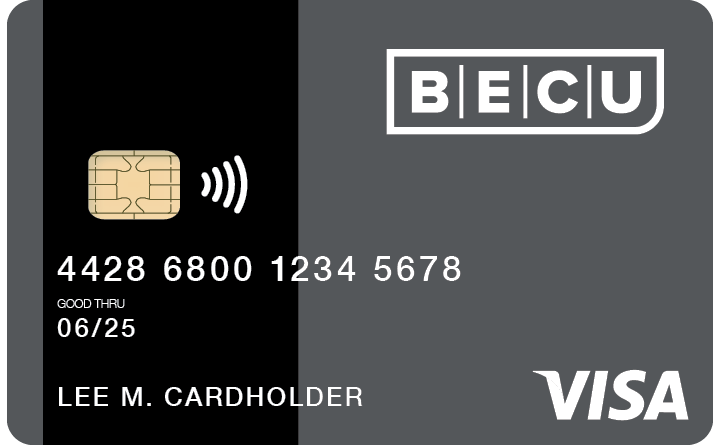
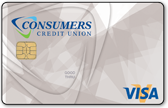
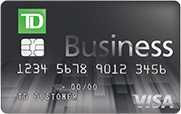
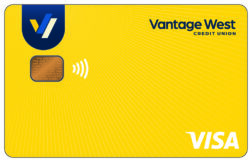
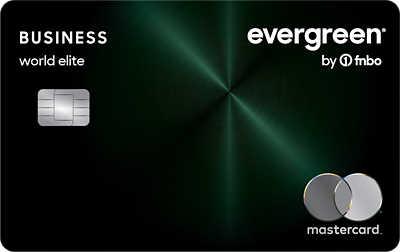


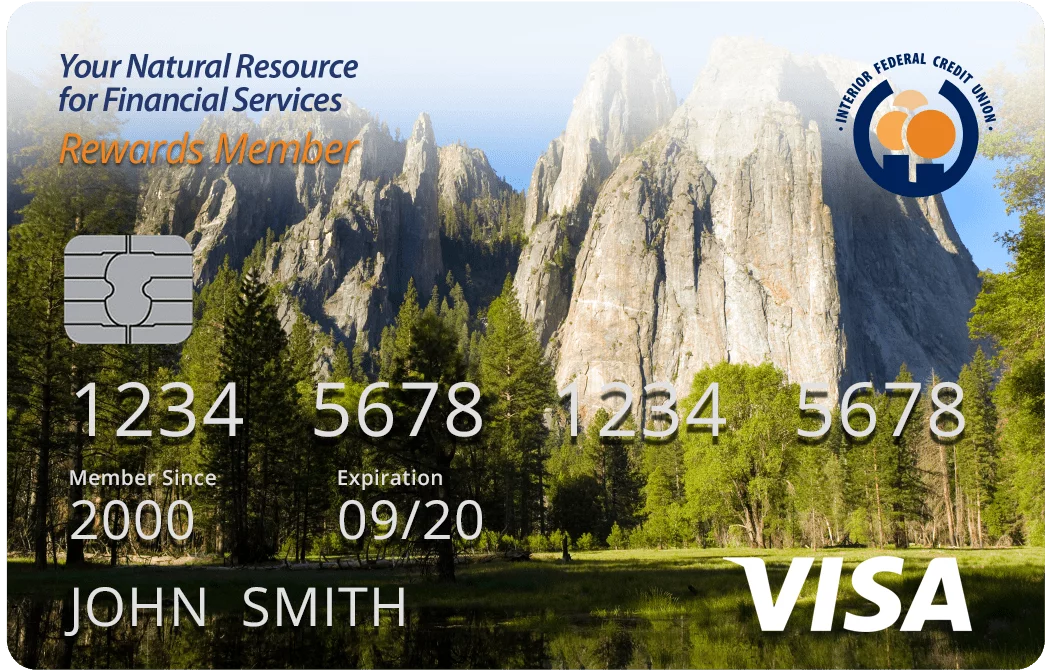
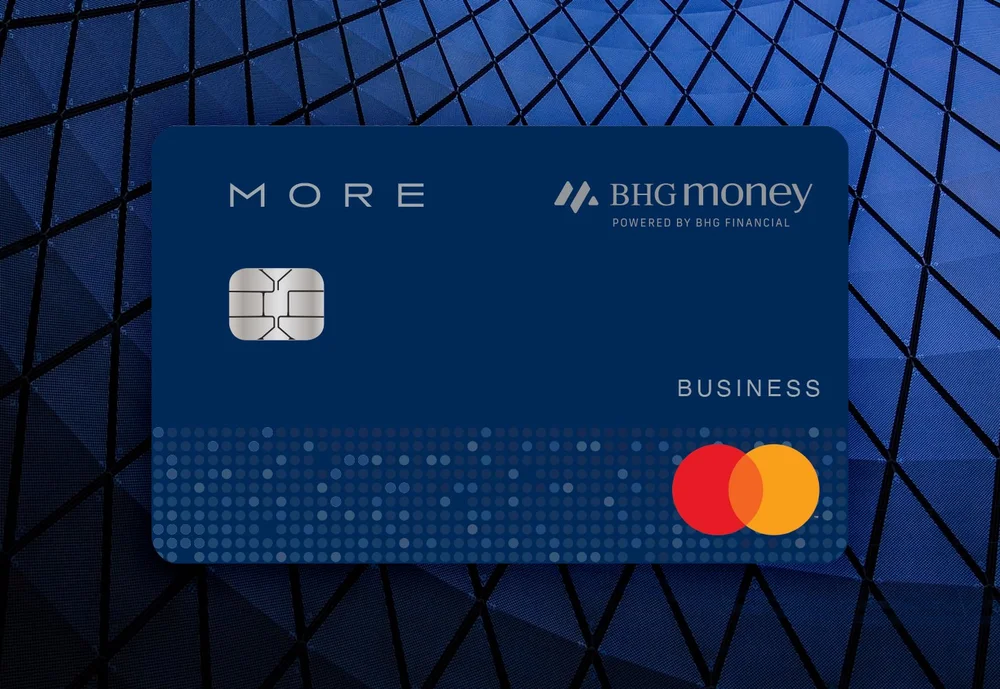
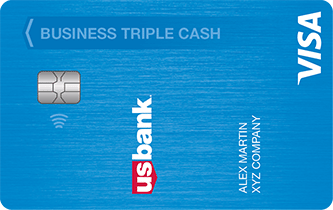

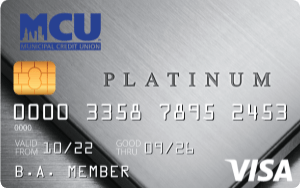
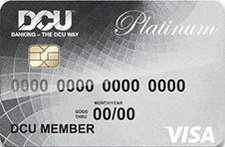
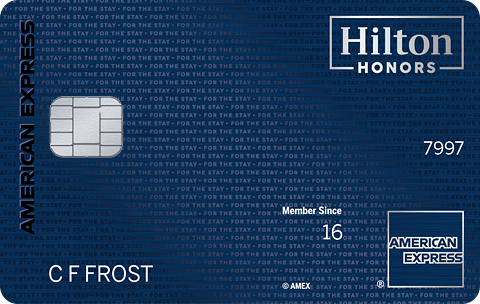
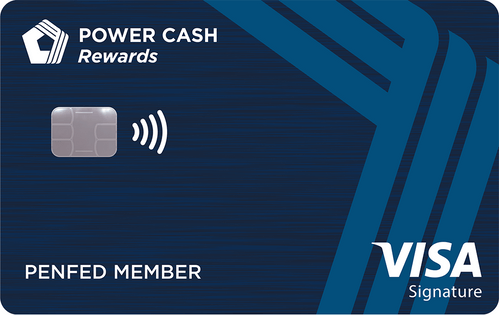
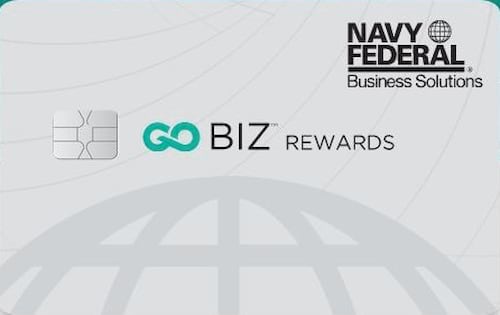
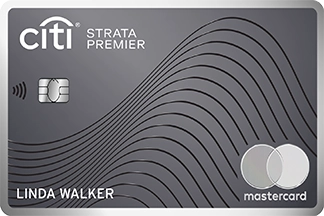
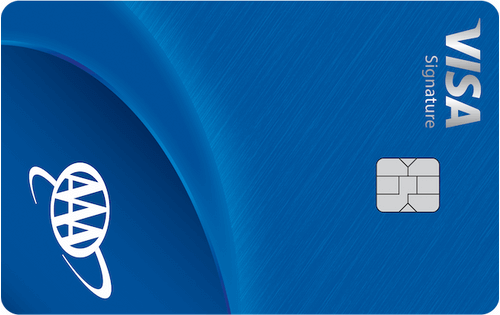
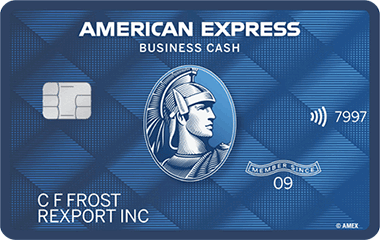
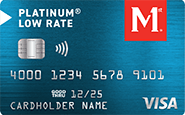
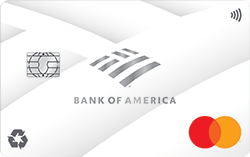

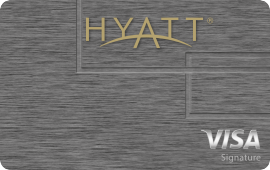
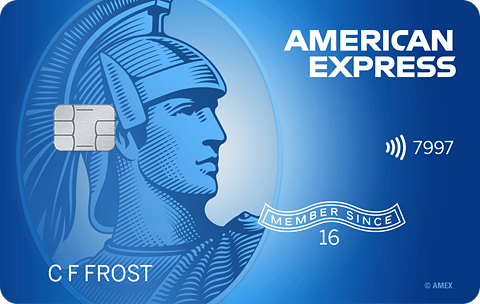
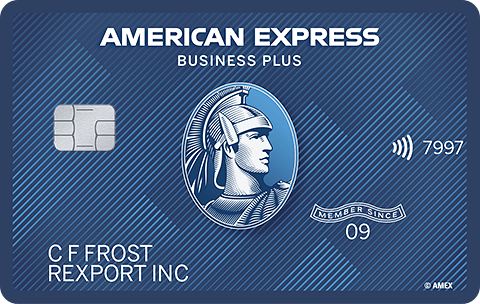



Total revolving limits 568220 (504020 reporting) FICO 8: EQ 689 TU 691 EX 682
- Mark as New
- Bookmark
- Subscribe
- Mute
- Subscribe to RSS Feed
- Permalink
- Report Inappropriate Content
Re: Credit Utilization Reporting
The OP reported back that he has several cards, so the one-card thing isn't an issue for him.
The general advice for one card is to let it report a small positive balance. For two cards, one of two would report the small balance.